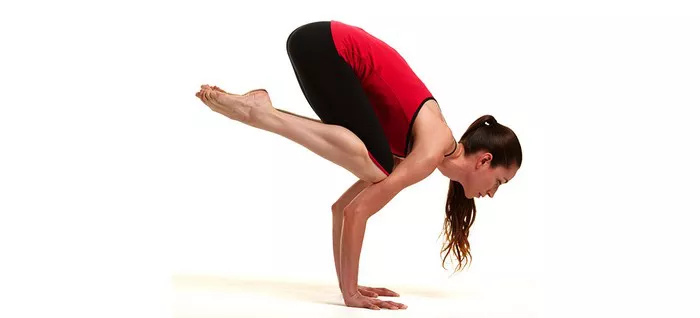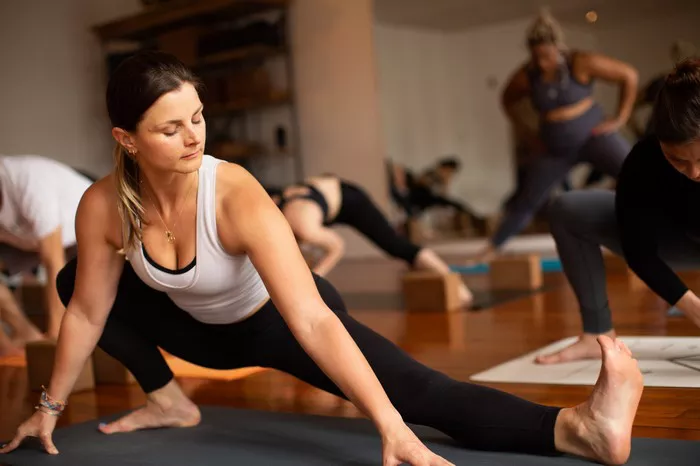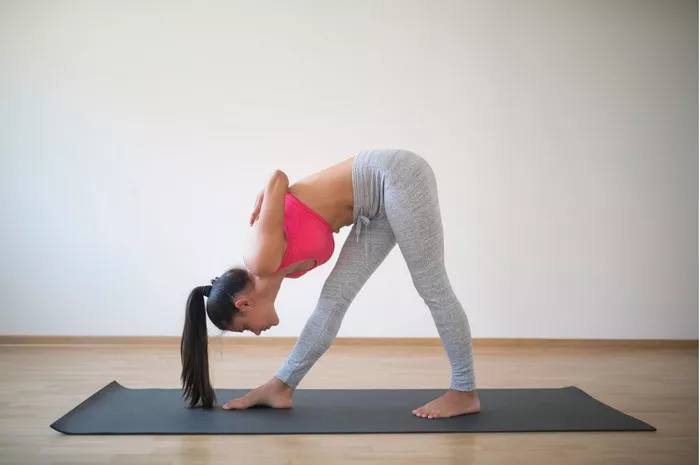Yoga is an ancient practice that harmonizes the mind, body, and spirit. Among its myriad of poses, the Crane Pose, or Bakasana, stands out as a challenging yet rewarding posture that requires both physical prowess and mental focus. In this comprehensive guide, we delve into the origins and symbolism, the physical and mental benefits, variations and modifications, step-by-step instructions, as well as precautions and contraindications of the Crane Pose.
Origins and Symbolism
Bakasana has its roots in Hatha Yoga, a branch of yoga that emphasizes physical postures to balance the body and mind. The name “Bakasana” is derived from the Sanskrit words “baka,” meaning crane, and “asana,” meaning posture. This pose is believed to have been inspired by the graceful movements of a crane bird, known for its poise and balance.
Symbolically, the Crane Pose represents focus, concentration, and the ability to rise above challenges. Just as a crane stands tall and steady amidst turbulent waters, practitioners aim to cultivate inner strength and stability, both physically and mentally, through this pose.
Physical and Mental Benefits
The Crane Pose offers a multitude of benefits for the body and mind:
1. Strengthens the Core: Bakasana engages the abdominal muscles, including the rectus abdominis and transverse abdominis, helping to tone and strengthen the core.
2. Improves Balance and Stability: Balancing on the hands requires concentration and stability, enhancing proprioception and coordination.
3. Builds Arm and Shoulder Strength: Supporting the body weight on the hands strengthens the arms, wrists, and shoulders, promoting upper body strength.
4. Increases Focus and Mental Clarity: The intense concentration required to maintain balance in Bakasana helps to quiet the mind and improve focus.
5. Stimulates Digestion: The compression of the abdomen in this pose stimulates the digestive organs, aiding in digestion and detoxification.
Variations and Modifications
While Bakasana may seem daunting at first, there are several variations and modifications that can help practitioners build up to the full expression of the pose:
1. Supported Crane Pose: Place yoga blocks under the hands to provide additional support and stability, making it easier to lift the feet off the ground.
2. One-Legged Crane Pose: Begin in Bakasana and extend one leg straight back, parallel to the ground, while keeping the other knee bent.
3. Crow Pose: Crow Pose is a simplified version of Crane Pose where the knees rest on the backs of the arms, making it more accessible for beginners.
4. Wide-Legged Crane Pose: Start with a wider stance, bringing the knees outside the arms for added stability.
5. Wall-Assisted Crane Pose: Practice Bakasana with the back against a wall for support, gradually increasing distance from the wall as strength improves.
Step-by-Step Instructions
Follow these steps to practice Bakasana safely and effectively:
1. Warm-Up: Begin with a few rounds of Sun Salutations or other dynamic movements to warm up the body, focusing on the wrists, arms, and core.
2. Setup: Start in a squat position with the feet hip-width apart, toes pointing slightly outwards. Place the hands shoulder-width apart on the mat, fingers spread wide, with the palms firmly pressing into the ground.
3. Shift Weight: Lean forward, shifting the weight onto the hands as you bend the elbows slightly. Keep the gaze focused slightly forward to maintain balance.
4. Lift Hips: Engage the core muscles and begin to lift the hips up towards the sky, bringing the knees to rest on the backs of the arms. Keep the elbows bent, creating a shelf for the knees to rest on.
5. Lift Feet: Slowly begin to shift more weight onto the hands as you lift one foot off the ground, then the other. Press firmly through the hands to maintain balance as you straighten the arms.
6. Find Balance: Engage the core and draw the knees towards the chest, bringing the feet closer together. Keep the gaze forward and breathe steadily as you hold the pose for several breaths.
7. Exit Gracefully: To release, exhale as you gently lower the feet back to the ground, returning to a squat position. Shake out the wrists and take a moment to rest before moving on to the next pose.
Precautions and Contraindications
While Bakasana offers numerous benefits, it may not be suitable for everyone. Practitioners with the following conditions should exercise caution or avoid the pose altogether:
1. Wrist Injuries: Those with wrist injuries or carpal tunnel syndrome should be cautious when practicing Bakasana and may benefit from using props or modifying the pose.
2. Shoulder Injuries: Individuals with shoulder injuries, such as rotator cuff tears or impingement, should avoid putting excessive weight on the shoulders in this pose.
3. Pregnancy: Pregnant women should avoid practicing Bakasana, especially in the later stages of pregnancy, as it may put strain on the abdominal muscles and pelvic floor.
4. High Blood Pressure: Individuals with uncontrolled high blood pressure should avoid holding inverted poses like Bakasana for an extended period, as it may increase blood pressure further.
5. Recent Abdominal Surgery: Those who have undergone recent abdominal surgery should avoid practicing Bakasana until fully healed, as it may strain the abdominal muscles and interfere with the healing process.
Conclusion
In conclusion, Bakasana, or Crane Pose, is a powerful yoga posture that challenges both the body and mind. By incorporating this pose into your yoga practice and following proper alignment and modifications, you can reap the physical, mental, and spiritual benefits it has to offer while minimizing the risk of injury. Remember to listen to your body, practice patience, and approach the pose with a sense of curiosity and exploration. With consistent practice and dedication, you can master Bakasana and unlock its transformative potential on and off the mat.
FAQs:
What is the difference between Crow and crane yoga?
he main difference between Crow Pose (Bakasana) and Crane Pose (Kakasana) lies in the positioning of the arms. In Crow Pose, the arms are bent, with the knees resting on the backs of the upper arms. Crane Pose, on the other hand, involves straightening the arms completely, with the knees pressing into the armpits. While both poses require balance and core strength, Crane Pose demands slightly more arm strength and shoulder stability due to the extended arm position.
How long should you stay in crow pose?
Ideally, beginners should aim to hold Crow Pose for about 10-30 seconds, gradually increasing the duration as they gain strength and confidence. However, it’s essential to listen to your body and not push beyond your limits to avoid injury. Regular practice and patience are key to improving your ability to hold the pose for longer periods.
Do you need arm strength for crow pose?
Yes, arm strength is important for Crow Pose as it helps support your body weight and maintain balance. However, with consistent practice, you can gradually build up the necessary strength in your arms and upper body. Additionally, focusing on proper alignment and engaging the core muscles can also contribute to mastering Crow Pose effectively.























